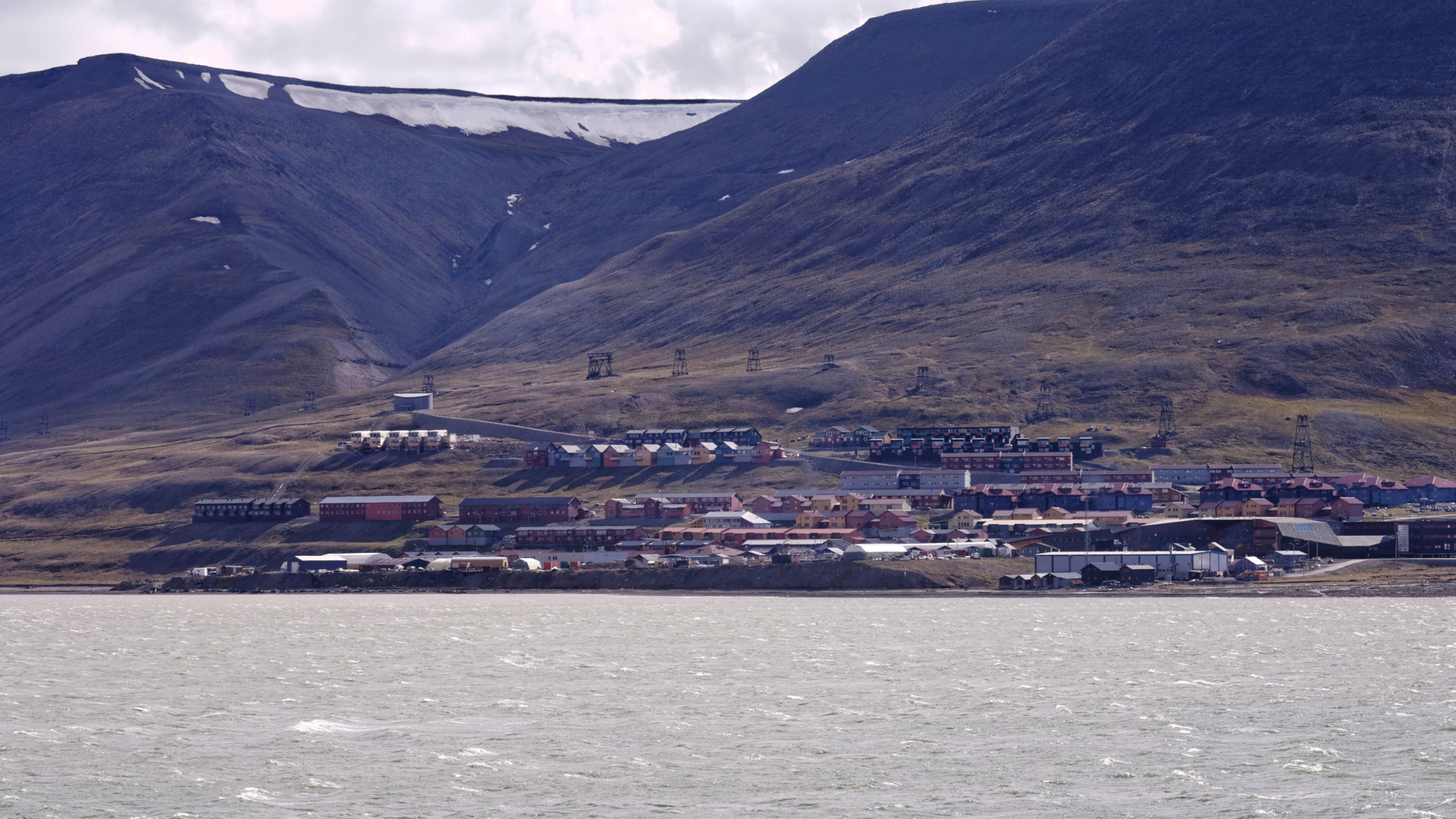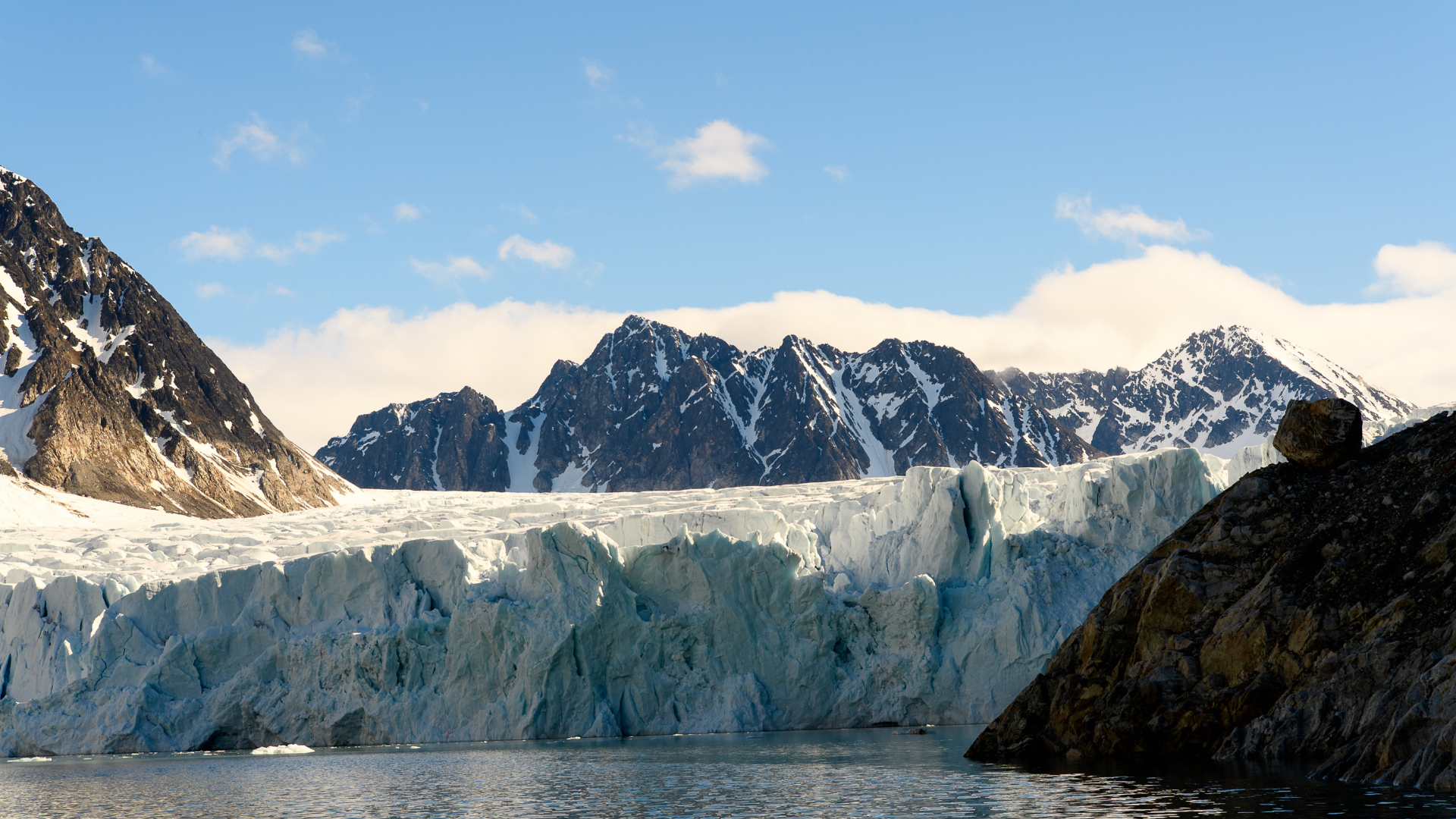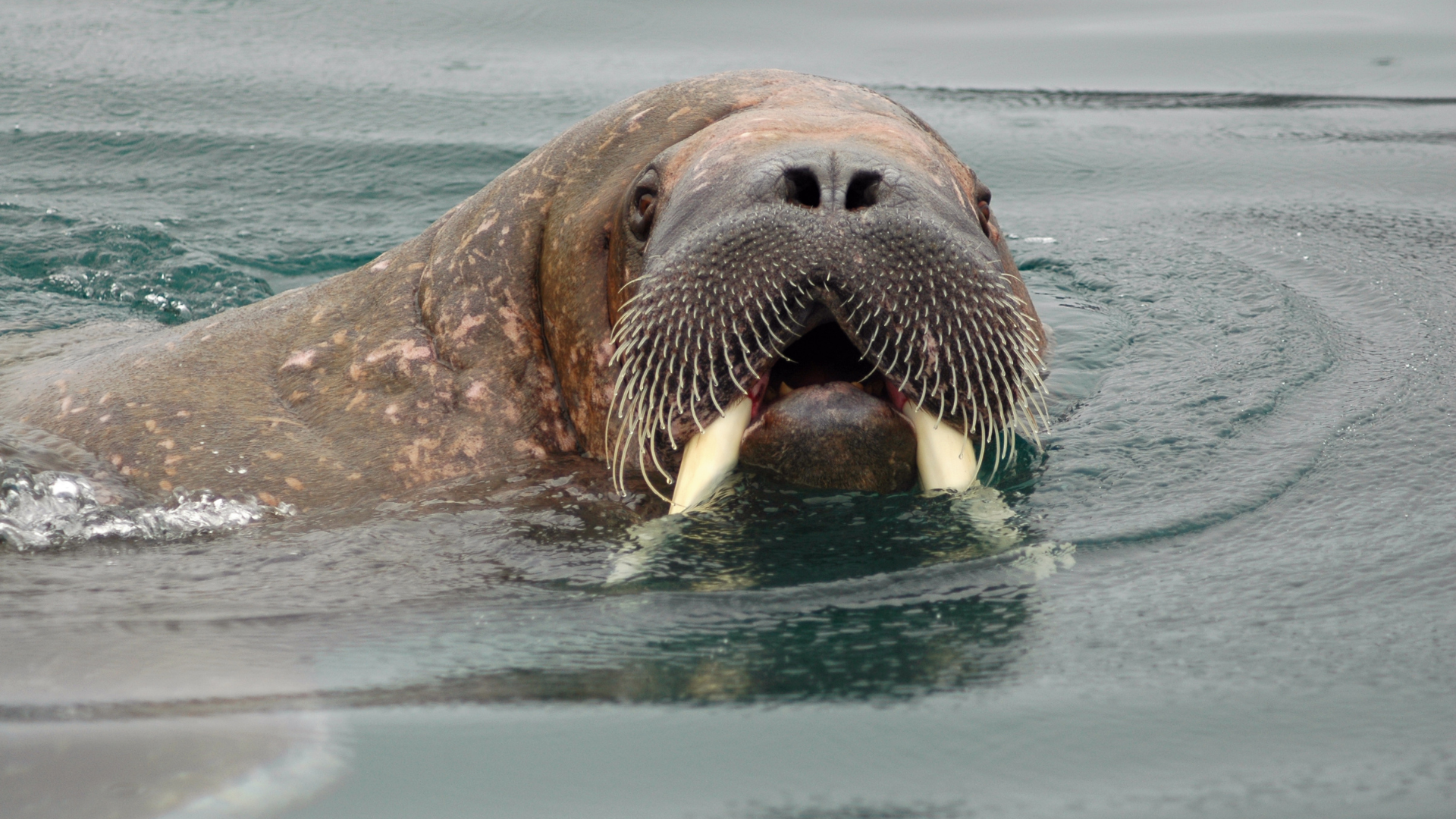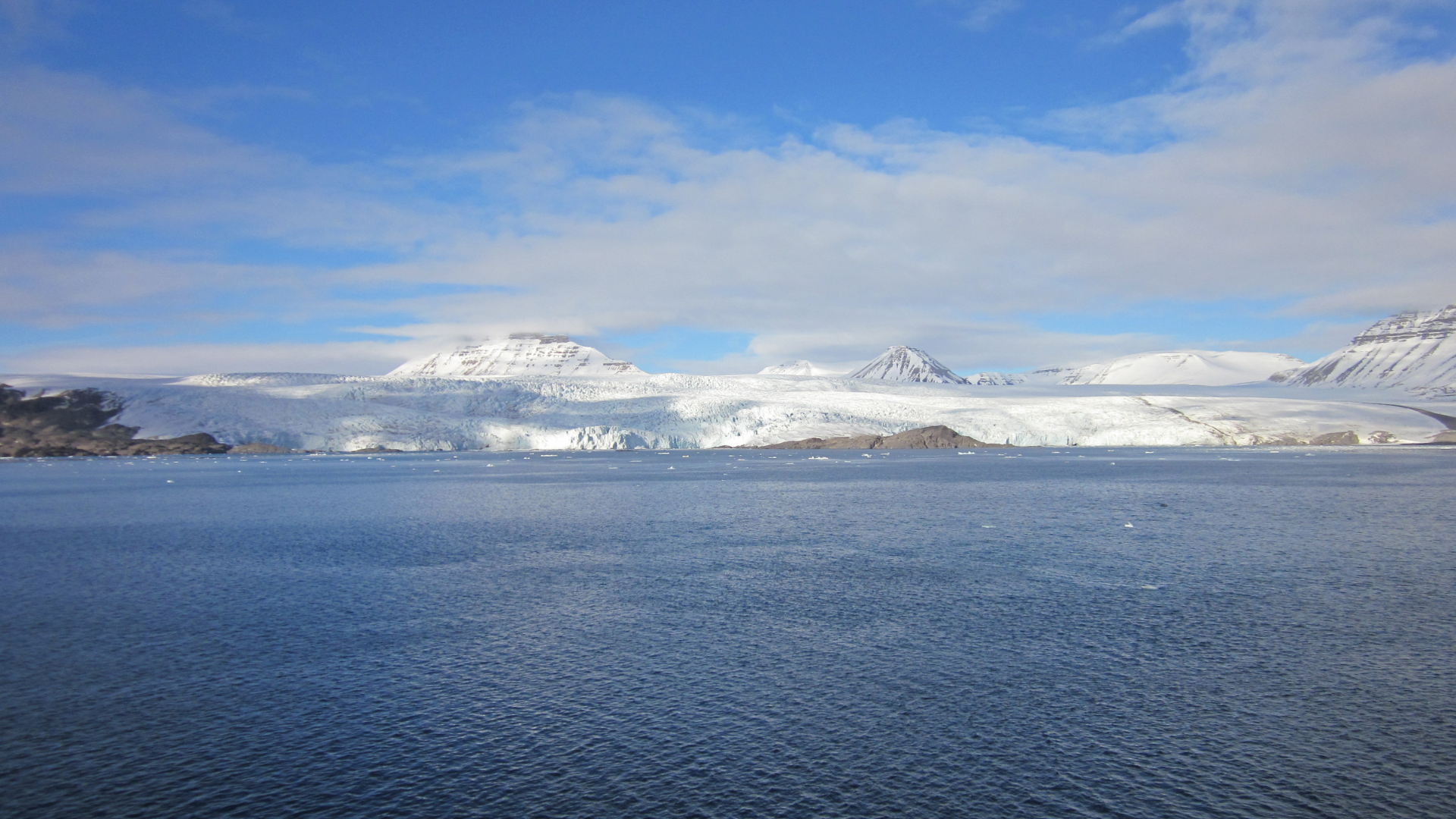Spitsbergen Population Across the Years
Spitsbergen Population Across the Years

The population of Spitsbergen, the largest island of the Svalbard archipelago, has undergone significant changes over the years, shaped by various historical, economic, and environmental factors. From early exploration and whaling activities to modern scientific research and tourism, the demographics of Spitsbergen provide a fascinating glimpse into the region's development. Here’s an overview of the population trends and key influences in Spitsbergen’s history.
The earliest known human presence in Spitsbergen dates back to the late 16th century when Dutch explorers, led by Willem Barentsz, discovered the island. The harsh Arctic environment meant that early settlement was limited to seasonal activities, primarily focused on whaling. Throughout the 17th and 18th centuries, European whalers from countries such as the Netherlands, England, and Denmark established temporary whaling stations along the coasts. These stations were often abandoned after the hunting season ended, leaving little permanent population.
In the late 19th and early 20th centuries, the discovery of coal deposits in Spitsbergen led to the establishment of several mining communities. The most notable of these is Longyearbyen, founded by American entrepreneur John Munro Longyear in 1906. The town was developed to support the burgeoning coal mining industry, and its population grew as workers and their families moved to the area. By the early 20th century, Longyearbyen had become the largest settlement in Svalbard, with several hundred residents.
The interwar period and the years following World War II saw further expansion of mining activities, attracting more settlers to Spitsbergen. The Norwegian government played a crucial role in developing the infrastructure and supporting the population growth. During this time, other mining communities, such as Sveagruva and Ny-Ålesund, were also established, contributing to the overall increase in population. However, these communities often experienced fluctuations in population due to the boom-and-bust nature of the mining industry.
In the latter half of the 20th century, the decline of the coal mining industry led to significant changes in the population dynamics of Spitsbergen. Advances in energy technology and competition from other sources reduced the demand for coal, resulting in the closure of several mines and a decrease in the population. Despite this, Longyearbyen remained a central hub, and efforts were made to diversify the economy, focusing on scientific research, education, and tourism.
Today, Longyearbyen is the largest and most developed settlement in Spitsbergen, with a population of approximately 2,300 people. The town is a melting pot of nationalities, reflecting its role as an international center for Arctic research and tourism. The University Centre in Svalbard (UNIS), established in 1993, attracts students and researchers from around the world, contributing to the multicultural and transient nature of the population. Additionally, Ny-Ålesund serves as a major research station with a small, seasonal population of scientists and support staff.
The modern population of Spitsbergen is characterized by its unique blend of long-term residents and temporary inhabitants. Many residents are involved in scientific research, tourism, education, and administrative roles. The transient nature of the population is also influenced by the strict residency rules and the harsh Arctic environment, which limits the opportunities for permanent settlement and family life. Most residents stay for a few years before moving on to other opportunities.
Climate change and geopolitical factors continue to influence the population dynamics of Spitsbergen. The melting of Arctic sea ice opens new possibilities for shipping and resource extraction, potentially attracting more people to the region. However, the fragile environment and the need for sustainable development present challenges for balancing population growth with conservation efforts.
The population of Spitsbergen has evolved significantly over the centuries, from early whaling stations to modern research and tourism hubs. The island's unique demographic history reflects the broader trends and challenges of Arctic development. Understanding these dynamics is crucial for planning the future of Spitsbergen, ensuring that it remains a vibrant and sustainable part of the Arctic landscape.











